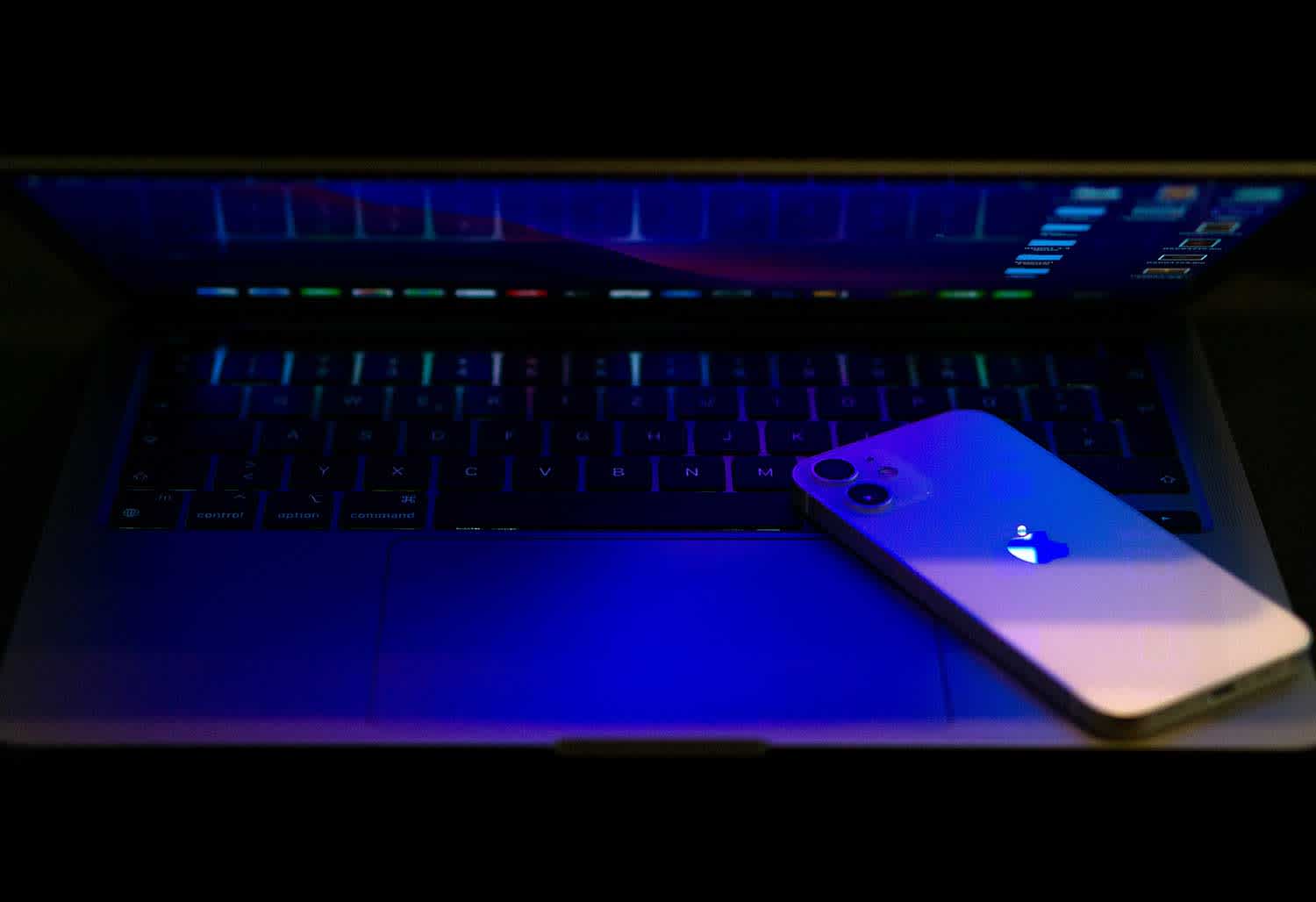Understanding Software Maintenance and Its Crucial Role
March 02, 2022
Ongoing maintenance may be factored into custom software pricing, supporting maintenance teams during continual improvement and refinement of applications. But this process is not a monolithic one, so it's essential to consider what type of software maintenance may be required for your project.

What is software maintenance?
Software maintenance refers to ongoing tasks that refine and improve applications or solutions, eliminating bugs or errors and ensuring the best possible experience for all users. Custom software maintenance essentially adds a tailored and personalized aspect to the process, providing maintenance services that are designed for a specific use case.
Ongoing maintenance may be factored into custom software pricing, supporting maintenance teams during continual improvement and refinement of applications.
But this process is not a monolithic one, so it's essential to consider what type of software maintenance may be required for your project.
We can divide these types into four important categories of software maintenance:
Corrective maintenance — Correcting problems and fixing bugs within the software
Preventative maintenance — Pre-empting potential issues to secure the ongoing viability of the software
Perfective maintenance — Building new features into the software to perfect the user experience
Adaptive maintenance — Updating the software to reflect new capabilities provided by improved technology or changes in regulation
Why is Software Maintenance Required?

Businesses need to adopt a proactive approach to software maintenance for a number of reasons.
Software is not a static entity.
It must adapt to the expectations of users and the challenges of the evolving market, and so maintenance is required to ensure this is the case for the entire software lifecycle.
Similarly, the global threat landscape is subject to change, and software and system maintenance keep users secure in the long term.
Put simply, software development does not come to an end when the product is released to the market.
Instead, the process is ongoing, and ongoing monitoring, assessment, and maintenance are essential to the product's continued viability.
These are the key aims during the maintenance phase of software development.
How to Estimate Software Maintenance Costs

Of course, while software maintenance is essential, it is not free. Developers need to factor in the cost of maintenance when they plan the ongoing project budget and set their pricing structure.
But how do you estimate these software maintenance costs?
We can gain a better picture of the ongoing costs by itemizing each different aspect of the project.
Security Costs

Security is always a big part of custom software development.
If businesses are storing and working with sensitive user data, they must implement security measures to protect this data.
Consider the cost of ongoing testing and analysis of the software, assessment of the threat landscape, and launching patches and bug fixes for the application.
Modernization Costs
Customer expectations are changing quickly, and software needs to be able to keep pace with this.
A software maintenance plan will have to factor in ongoing performance improvements and updates, as well as integrations and add-ons that keep software competitive.
Refinement Costs

Over time, you may discover that additional features and functionalities are required, expanding the capability of the software.
In most cases, it won't be feasible — or necessary — to design and launch a completely new piece of software to achieve this, and refinement system maintenance will allow your business to add features without completely overhauling the base application.
Perfective Maintenance Costs
Perfective maintenance builds upon the principles of refinement maintenance and is designed to bring the software closer to a "perfect" solution for users.
As well as adding features, your team will need to delete those no longer required and streamline and simplify the code structure of the software.
You may decide to offset these costs with custom software pricing.
Support Costs

Software users need to be supported, and software maintenance services play a big part in this.
End-users may need to sign a software maintenance contract, pricing up different levels of ongoing support and maintenance.
This software maintenance can be delivered as a managed service to clients.
Hosting Costs
Ongoing corrective maintenance of software and applications may impact your hosting requirements.
For example, adding extra features might leave you with an expanded application structure, and you may need a hosting upgrade.
Consider the costs of hosting during the ongoing software maintenance process.
The Future of Software Maintenance

We can certainly expect custom software maintenance processes and best practices to evolve in the future.
As new threats emerge — and as users demand new, forward-thinking features — software developers and maintenance professionals will need to keep pace with this changing landscape.
User Experience Design Takes Center Stage
Users expect an intuitive, streamlined, and highly effective experience whenever they access a piece of software, and application maintenance will need to reflect this in the future.
Ongoing UX/UI testing and qualitative feedback from users will be critical in providing this high-quality experience.
An Accelerating Need for Ongoing Performance Improvements
As digital technology advances at a rapid pace, software developers need to be able to design and deploy new features that take advantage of new capabilities.
This means perfective and refinement maintenance become increasingly important as developers try to stand out in a crowded market.
Bug Fixing and Patching Become Increasingly Important
Zero-day vulnerabilities and unpatched security flaws leave users and systems dangerously exposed.
Maintenance software specialists will need to work hard to identify potential vulnerabilities and deploy patches that keep users safe.
Accessibility is a Critical Concern

All users, regardless of disability, have the right to access custom software.
Businesses must adhere to regulations and guidelines such as the Americans with Disability Act (ADA) and Web Content Accessibility Guidelines (WCAG), maintaining and improving software for universal access.
Ongoing Viability with Software Maintenance Services

Software and system maintenance are both necessary for your business.
This is because of the security and peace of mind they provide to your users, as well as the ongoing process of improvement and refinement they achieve for your applications.
To put it simply — you need software maintenance services you can rely on.
This is precisely what our team can deliver to you. We'll provide you with a software maintenance and support proposal that is designed to help your digital offerings stand out from the crowd in terms of security, performance, and user experience.
Reach out to our team today to discover more about our custom software maintenance services.
Explained is the concept of software maintenance, which is the process of making changes to software after it has been deployed to fix bugs, improve performance, and add new features. The article outlines the different types of software maintenance, including corrective, adaptive, perfective, and preventive maintenance. Corrective maintenance involves fixing bugs and errors in the software, while adaptive maintenance involves making changes to the software to adapt to changing business needs and technology trends. Perfective maintenance focuses on improving the software's performance and user experience, while preventive maintenance involves taking steps to prevent potential problems and issues from arising.
The article also discusses the importance of software maintenance, as it ensures that the software remains functional and meets the organization's needs over time. It provides tips for effective software maintenance, such as establishing a maintenance plan, prioritizing maintenance tasks, and involving stakeholders in the maintenance process. The article concludes by emphasizing that software maintenance is an ongoing process that requires ongoing attention and investment to ensure the software continues to deliver value for the organization.



